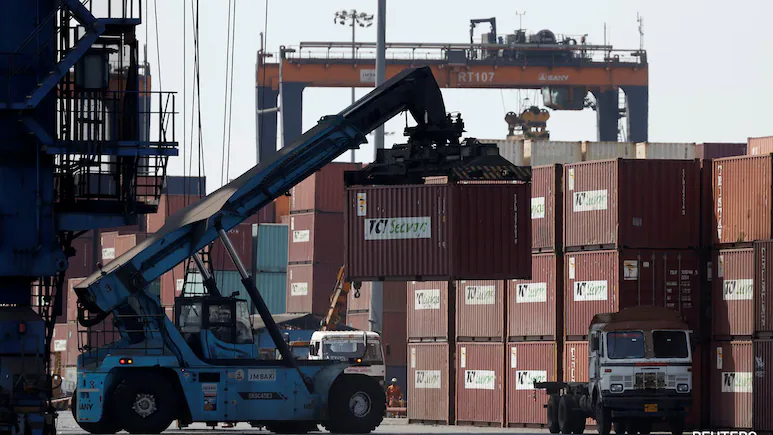WASHINGTON/NEW DELHI — Beginning Wednesday, Indian exports to the United States are facing one of the steepest trade penalties in modern history, with tariffs doubling to 50% on a wide range of goods.
The move, ordered by U.S. President Donald Trump, is a direct response to India’s continued purchases of Russian crude oil and defence hardware. Washington’s Department of Homeland Security confirmed the duties apply to all Indian goods entering U.S. markets as of 12:01 a.m. EST.
India’s government estimates that $48.2 billion worth of exports will be hit by the tariffs, while U.S. trade data suggests the impact could be even greater—covering nearly two-thirds of India’s $60 billion in annual exports to America.
Officials warn the measures could make Indian shipments to its largest export market commercially unviable, leading to job losses, shuttered factories, and slower economic growth.
Worst-Hit Sectors
The new regime places Indian exporters at a disadvantage compared to competitors like China (30% tariffs), Vietnam (20%), Indonesia (19%), and Japan (15%). Analysts warn that global rivals could quickly replace India’s market share.
- Shrimp: $2.4 billion in exports to the U.S., accounting for one-third of India’s shrimp trade, will now be severely hit. Coastal aquaculture hubs face immediate job risks.
- Gems and Jewellery: $10 billion in exports — 40% of India’s total — will see tariffs jump from 2.1% to 52.1%, a major blow to Surat, Mumbai, and Jaipur, where millions are employed.
- Textiles & Apparel: $10.8 billion in exports, including $5.4 billion in apparel, will face tariffs rising from 13.9% to 63.9%. This could devastate hubs in Tiruppur, Noida-Gurugram, Bengaluru, Ludhiana, and Jaipur, while Bangladesh, Vietnam, and Mexico stand to benefit.
- Carpets: $1.2 billion in exports, with the U.S. taking nearly 60% of India’s total, will see tariffs soar from 2.9% to 52.9%. Artisan clusters in Bhadohi, Mirzapur, and Srinagar are most at risk.
- Handicrafts: $1.6 billion in exports, 40% of which go to the U.S., could trigger factory closures across Jodhpur, Jaipur, Moradabad, and Saharanpur.
- Leather & Footwear: $1.2 billion in exports face the full 50% tariff, threatening production in Agra, Kanpur, and Ambur-Ranipet clusters.
- Agriculture & Processed Food: $6 billion in exports of basmati rice, tea, spices and other staples are now subject to 50% duties, opening doors for rivals in Pakistan, Thailand, Vietnam, Kenya, and Sri Lanka.
Tariff Exemptions
Not all sectors are hit. Roughly 30% of Indian exports ($27.6 billion) will remain duty-free, with pharmaceuticals and APIs — accounting for over half of exempt exports — escaping penalties. Electronics, refined fuels, certain metals, books, and rubber are also spared.
The Stakes for India
Trade experts warn that the sudden tariff shock could wipe out India’s competitive edge in labour-intensive sectors, jeopardizing millions of jobs and hollowing out industries that have long relied on U.S. demand.
“This is an absolute shock,” said Puran Dawar, a leather footwear exporter from Agra. “Unless other markets absorb Indian products, the damage will be severe.”
Prime Minister Narendra Modi, however, has vowed not to yield to U.S. pressure to open up India’s agriculture and dairy sectors. At a rally in Gujarat this week, he said protecting farmers and small businesses remains his top priority.
For now, trade talks between New Delhi and Washington remain stalled, with a planned sixth round of negotiations cancelled. India is instead looking to boost domestic demand, cut taxes, and expand exports to Latin America, Africa and Southeast Asia to cushion the blow.

